I'm trying to wrap my head around if this is how a R-2R DAC should work. I say should for two reasons: (1) because I think I understand the theory behind the resistor ladder of subsequent voltage-dividing, and (2) because I analysed the schematic of a common VGA Pmod from Xilinx, which I would expect to be, well... correct...
So, let's start with the circuit:
With all bits on, this achieves a ~0.7V max, considering the 75 internal impedance of a VGA monitor. Now, I've broken down all the possible combinations and the resulting voltage:
... which, suffice to say, is not what I expected how this should behave. A perfect DAC would be linear. A gamma-corrected VGA DAC would possibly be a curve. But these deltas are all over the place.
So here are the questions: (1) am I interpreting something wrong? (2) Is this how this type of DAC supposed to work? (3) How can we improve over this design?


